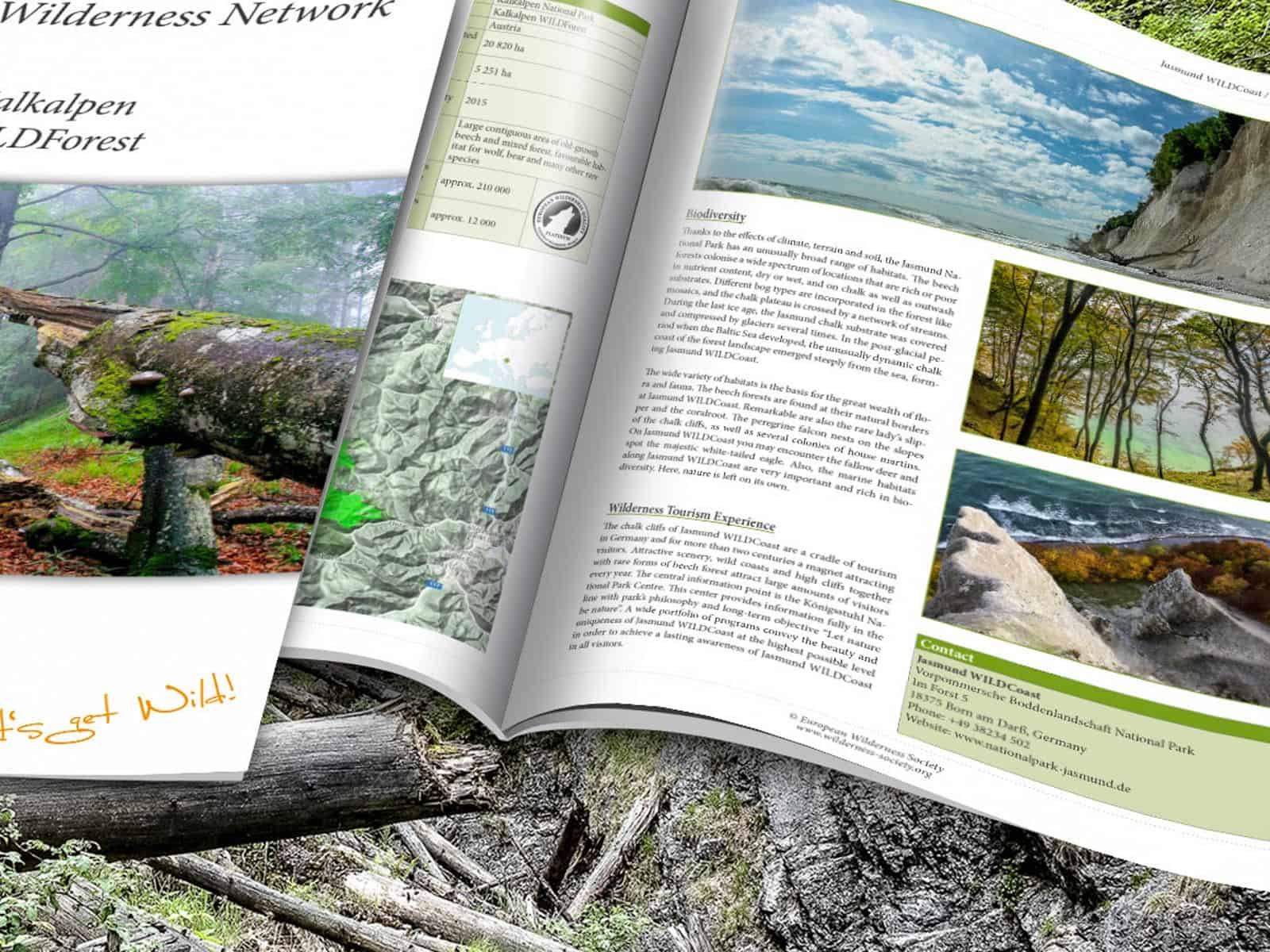Rivers for landscape connectivity
Concerned scientists, citizens and governments have been raising the alarm over habitat and biodiversity loss for a while already. Solutions, including the designation and creation of protected areas, have so far failed at effectively addressing the problem. IUCN’s Guidelines for Conserving Connectivity through Ecological Networks and Corridors point out a major drawback in conservation to date: a lack of consideration for connectivity between protected areas.
The lack of connectivity
The world’s protected areas are largely a collection of disjointed refuges, separated from each other by human intrusion. According to a recent study, fewer than 10% of these areas are connected by intact habitat, even though opportunities for connections exist.
Life on Earth thrives when ecosystems are healthy and ecologically connected. With the vast majority of the world experiencing increasing human impacts, natural ecosystems have been diminished and fragmented into smaller and smaller pieces. The destruction and fragmentation of ecosystems are the major causes of the global biodiversity crisis. Landscape connectivity is critical to the conservation of biodiversity, providing irreplaceable functions and services, such as the provision of freshwater, food, climate regulation and pollination. Consecutively, the connectivity between protected areas facilitates large-scale ecological and evolutionary processes such as gene flow, migration and species range shifts. These processes are vital for the survival of viable populations, especially when facing climatic and environmental changes in increasingly transformed and fragmented landscapes.
Corridors for landscape connectivity
A number of strategies have been suggested to eliminate the deteriorative effects of the loss of landscape connectivity. One of the frequently selected options to re-establish connectivity is the creation of corridors between the disconnected habitats.
According to the landscape ecology terminology, a corridor is a linear landscape element linking habitats that encourages flows between habitats within a generally unfavorable environment. They are especially important for the species whose habitats are larger than the average patch size or for those whose survival depends on daily or seasonal movements between habitats. Corridors can play numerous roles, that of habitat, conduit for species dissemination, filter, barrier, source (individuals exit the corridor) or sink.
The simplest way to enhance landscape connectivity would be to focus on existing natural corridors which already provide the basic infrastructure to connect habitats and can be integrated into management schemes more easily.
Rivers as natural corridors
Rivers constitute one of the most extensive, biodiversity-rich and relatively linear natural assemblages. It is the river corridors that most effectively allow the refuge, movement and dispersal of a large number of wild species, belonging to different taxonomic groups and to different types of environments. They also serve as an effective link, connecting montane corridors and core areas of biodiversity with coastal and marine conservation areas. River corridor covers the whole river’s territory, including the river in its low-water channel, the riverbank vegetation and the floodplain.
From the point of ecological value, rivers are home to ecosystems associated with the river, both aquatic and terrestrial, as well as those in between, forming an area of outstanding biodiversity which functions as a refuge for many species that live in the river environment. This unique ecological value is increased by the basic function of river corridors as ecological connectors between aquatic and terrestrial ecosystems and between areas of outstanding environmental value that are distant from each other. River corridors are the most robust connectors or at least the most functional for interconnecting populations of living beings that would otherwise be isolated. This function is particularly important given that terrestrial ecosystems are very fragmented by infrastructure and various land uses.
Balkan example
Rewilding rivers and riparian zones is a straightforward and achievable solution to link protected areas and provide travel corridors for aquatic and terrestrials animals. Indeed, there is data confirming the importance of river-based corridors.
Thus a study in the Balkans, a region known for its great landscape heterogeneity and unique biodiversity, drained by an extensive network of rivers provides a picture of the capability of Balkan river corridors to be integrated in the process of designing a robust network of protected areas against anthropogenic pressures. Its results show the high levels of landscape connectivity that can be achieved through the use of rivers in building connectedness between such areas. The development of a river-based network could have the potential to coordinate cooperation at both national and transnational levels and contribute to the restoration and management of river corridors while increasing the resilience of existing protected areas against the critical threats of climate change and landscape fragmentation.








